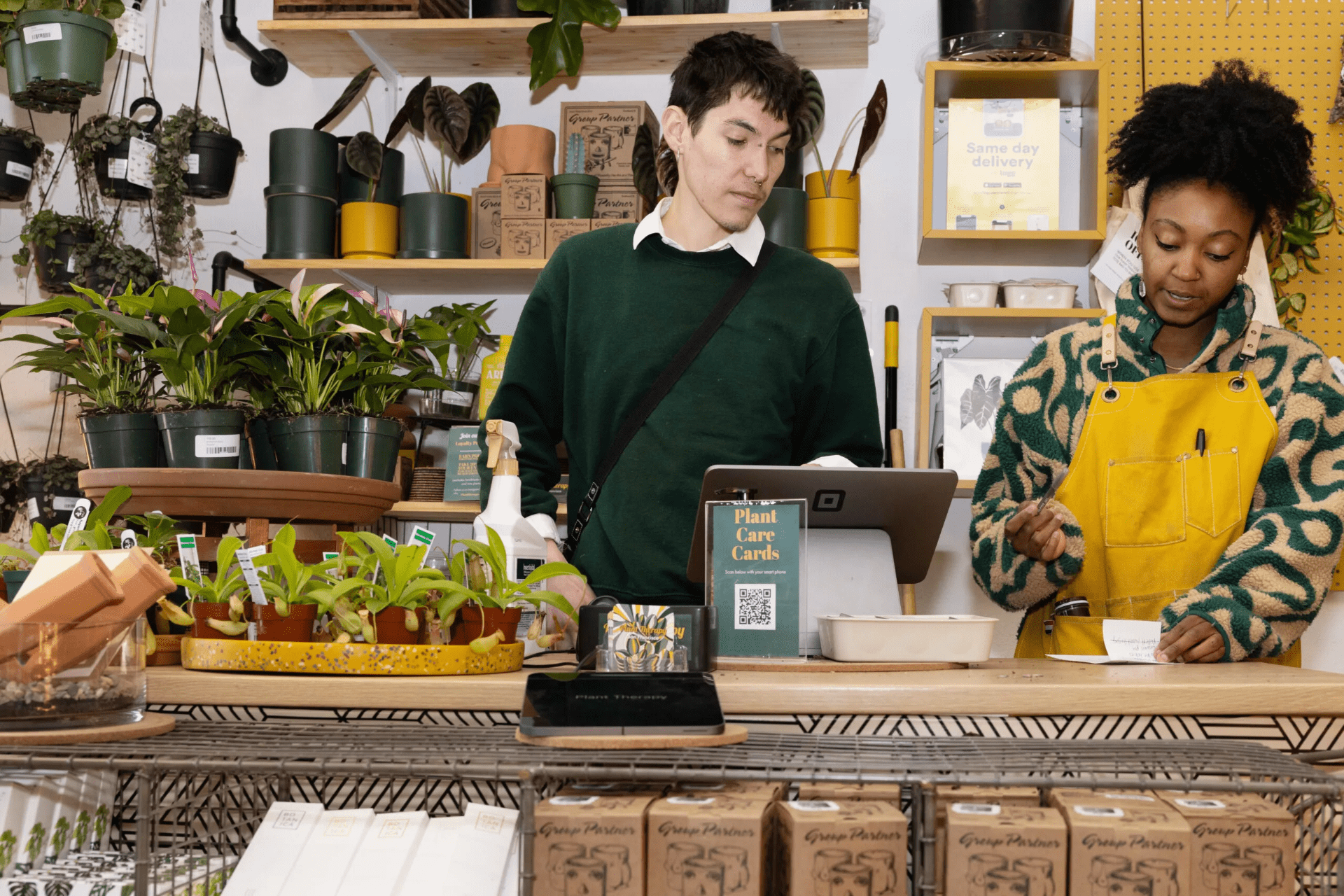Are Houseplants Sustainable?

So, you’re a proud plant parent and you’ve clicked this article hoping for some good news. Or maybe you can’t keep a cactus alive, and you’ve clicked this article to validate your lack of home greenery. No matter your current relationship with house plants, it’s important to know what they are, where they come from, and what it costs the environment to get them into your home.
Houseplants have become enormously popular in recent years. As more and more people move into cities and begin remote work, it’s natural that we’re choosing to bring the outdoors into our apartments and closer to our daily lives. According to a BBC report, houseplants are linked to improved mental health.
Demand for plants saw a substantial spike during the pandemic when people were living under lockdowns. People sought plants out, and simultaneously, TikTok and YouTube plant influencers came out of the woodwork with tips on plant parenting. According to Vox, “71 percent of North American greenhouses saw an increase in plant sales in 2020.” The BBC reports that in 2020, four in five people in the U.K. between the ages of 16 and 24 owned at least one houseplant.
So, what kind of plants are people buying, and where are they coming from? According to Vox, there are a handful of widely influential industrial plant growers that determine plant trends in the U.S. One such grower is Costa Farms, which grows about 1,500 varieties of plants across 4,000 acres in Florida, North and South Carolina, the Dominican Republic, and China. The warmer climates that these facilities are located in allow them to cultivate more tropical varieties of plants like the Pilea peperomioides and Monstera adansonii that are sought after by many plant lovers. Costa Farms keeps a shortlist of “Trending Tropicals” that often spike in popularity after being added.
We can draw a pretty close comparison between major plant growers like Costa Farms and other centralized industries like fast fashion or industrial agriculture. In all of these industries, a few companies outcompete small businesses in scale, liquidity, and influence, and their methods of operation damage the environment. Operating as a plant grower on such a large scale demands a degree of automation through heat and lighting control, as well as mechanized watering that adds to Costa Farms’ environmental costs. When plants are ready, they are distributed across the country to vendors like Costco, Home Depot, Marshalls, Amazon, and Trader Joes–yes, even Trader Joes–stacking up carbon mileage. Vox reports that Costa Farms’ 2020 revenue was about $865 million.
So what to do if companies are growing our plants like Dole grows fruit? Just like with fast fashion and groceries, the best we can do is be informed about where our purchases are coming from. Ask the person at the plant shop where they source their plants, and try to avoid buying plants from major sellers like Target unless you can verify that they were grown locally. Be wary of plant trends, but if you are intent on bringing tropical plants into your home, consider if you have the knowledge and home conditions to keep them alive and healthy. According to Business Insider, Americans kill about half of the plants that they buy. Consider these tips, and you can elevate your plant-parent game to the next, more ethical, level.



